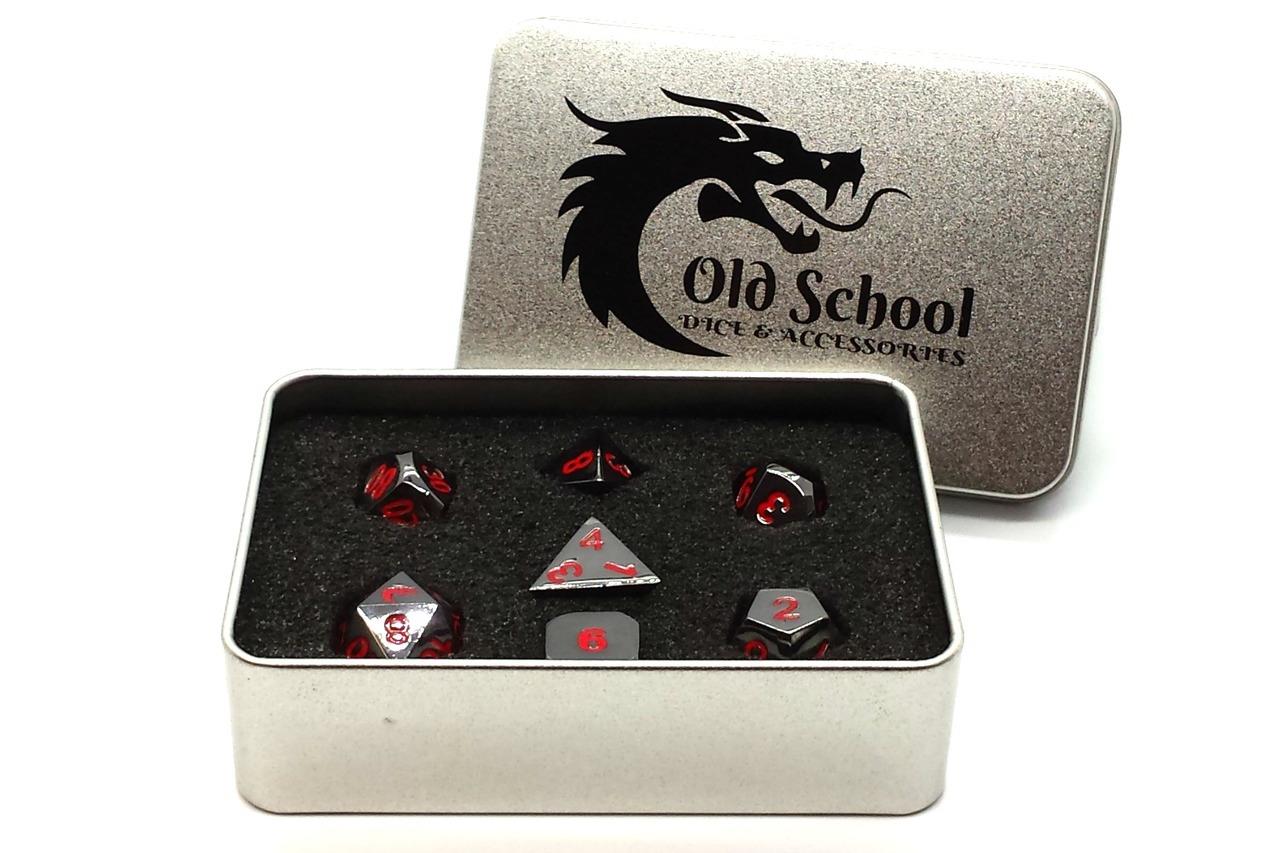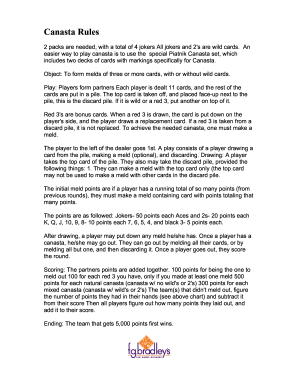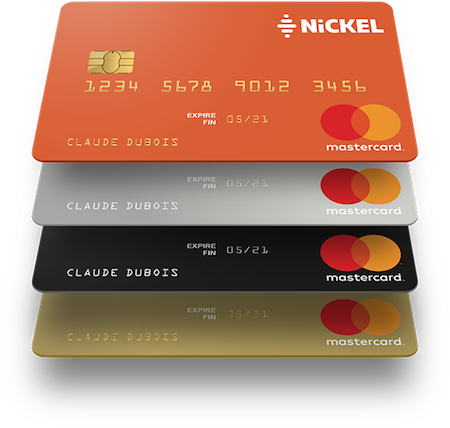
For instance, if the three cards in a hand are all different suits, the highest value card would stand as that player's score. Changing suits puts a player at a distinct disadvantage because the resulting lowered score raises the risk that another player may knock.Īt the end of the round, the players show their hands and total each one up, only counting cards of the same suit. If a player discards a different suit than that which he discarded his previous turn, it can be inferred that the player is "changing suits". Because knocking relies on the confidence that the player will not have the lowest score, a skilled player may memorise which suits the other players are discarding. If no one knocks by the time a player exhausts the stock, the round ends in a draw. The round ends when the player to the right of the player who knocked has had a final turn. All other players, going clockwise from the player who knocked, have one more turn to draw from the stock and discard, or they have the option of keeping all three cards in their hands, known as standing. When it is a player's turn, and that player believes their hand is high enough to beat at least one of the opponents, they knock on the table in lieu of drawing and discarding.

Play continues clockwise around the table until any player knocks or obtains a blitz. All players are trying to collect a hand value of 31 (or the nearest to it) in the same suit. This can be substituted with other denominations or currency.Īfter the hands in the first round are dealt, play proceeds with each player, starting with the player to the immediate left of the dealer and going clockwise around the table, taking the top card of either the stock or the discard and subsequently discarding a card. The five-dollar note is also their stake in the game. Players keep track of how many games they have lost by folding the corners of a five- dollar note. The rest of the deck sits in the middle of the table as stock for the game, and the top card of the stock is turned over to begin the discard. Aces are high, counting 11, court cards count 10, and all other cards count face value. Thirty-one uses a standard deck of 52 playing cards (in the Dutch version - Eenendertigen - only 32 cards - 7 and higher - are used). The game is usually best played with at least four players. The object is to obtain a hand with a value total as close as possible to 31, from which the name of the game is taken. However, it spread rapidly across Europe to become popular in France, England and Ireland and is a precursor to Vingt-Un. Thirty-One is first mentioned in a French translation of a 1440 sermon by the Italian, Saint Bernadine, so may be of Italian origin. Scoring also consists of cards of the same suit. The traditional German version has runs where the French version does not.

31’s depending on the players can have the choice of runs. The game is also known as Big Tonka, Nickel Nock, Blitz, Clinker, Klinker, Scat, Cadillac in south Louisiana and Mississippi, Cad in Pennsylvania, Whammy! in central Indiana, Juble in Oklahoma and Kansas, and as Skedaddle, Snip Snap Snoop and Schnitzel in other countries. Such a goal has formed the whole or part of various games like Commerce, Cribbage, Trentuno, and Wit and Reason since the 15th century.

Thirty-one or Trente et un is a gambling card game played by two to seven people, where players attempt to assemble a hand which totals 31. ( Learn how and when to remove this template message) ( May 2011) ( Learn how and when to remove this template message) Please help improve this article if you can.

This article may require cleanup to meet Wikipedia's quality standards.


 0 kommentar(er)
0 kommentar(er)
